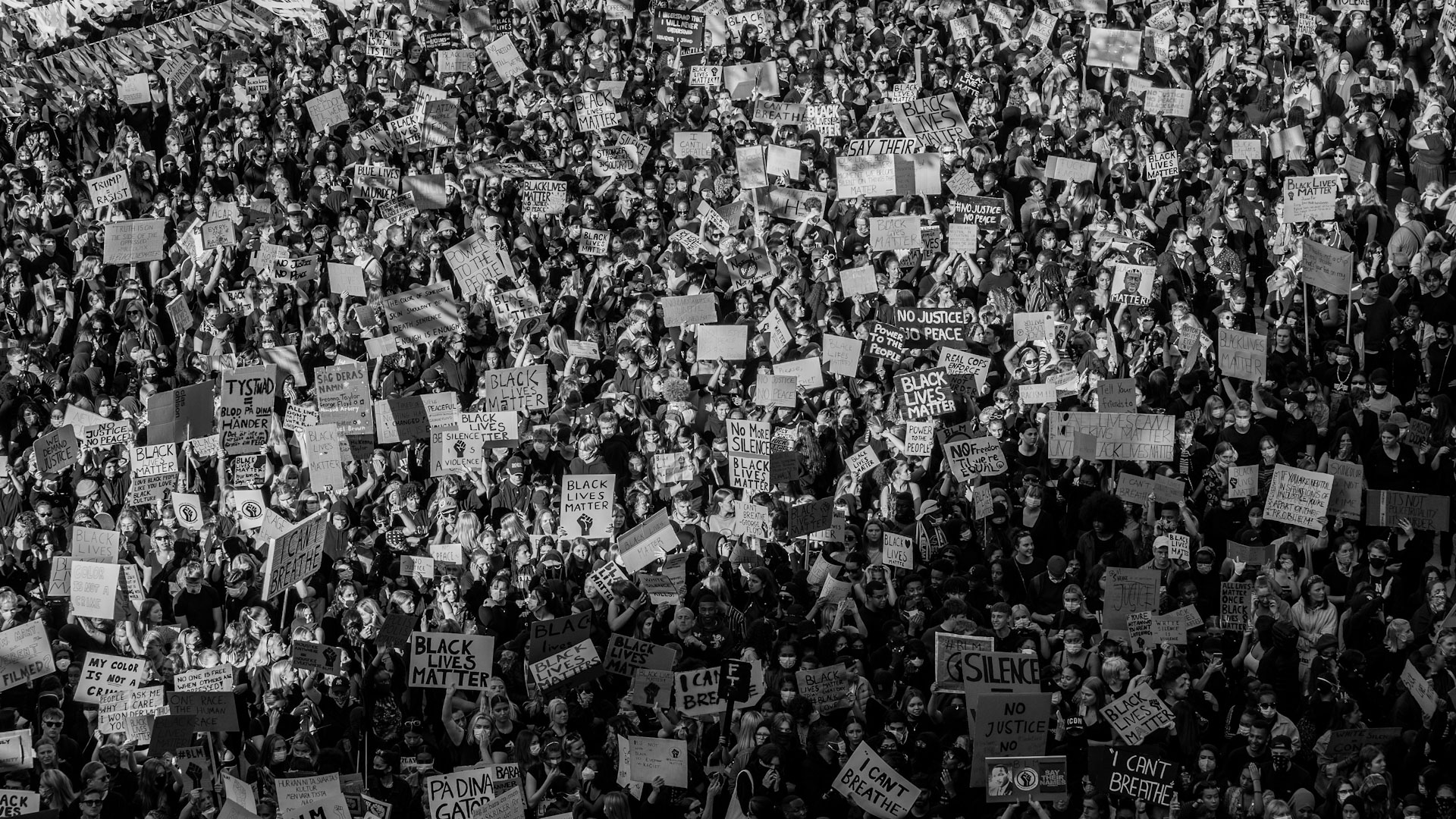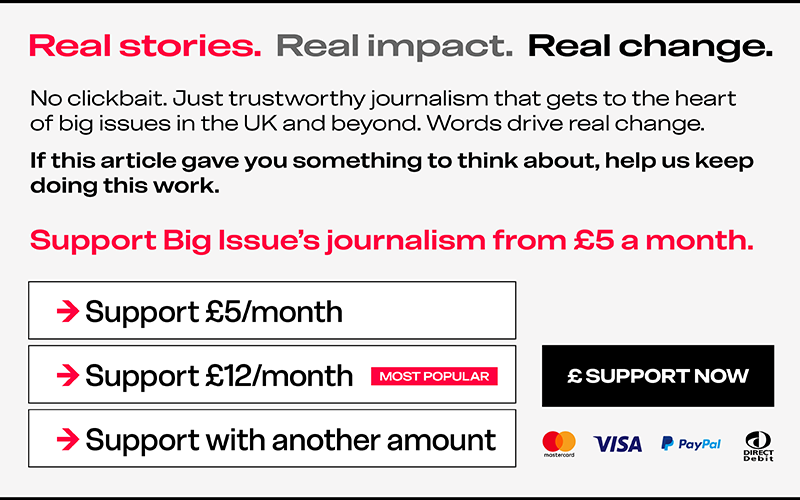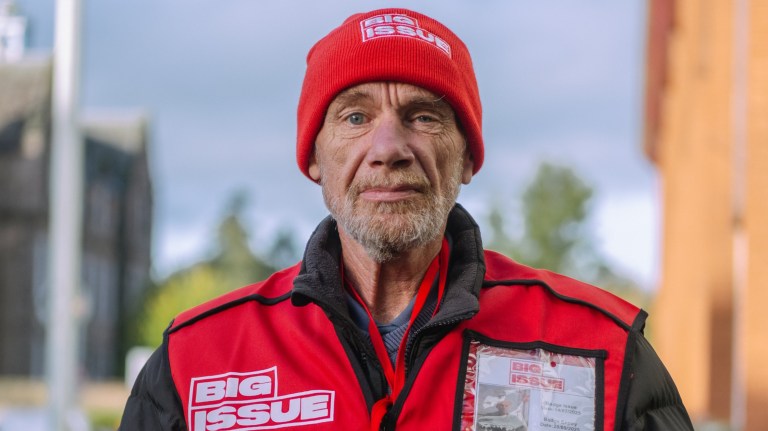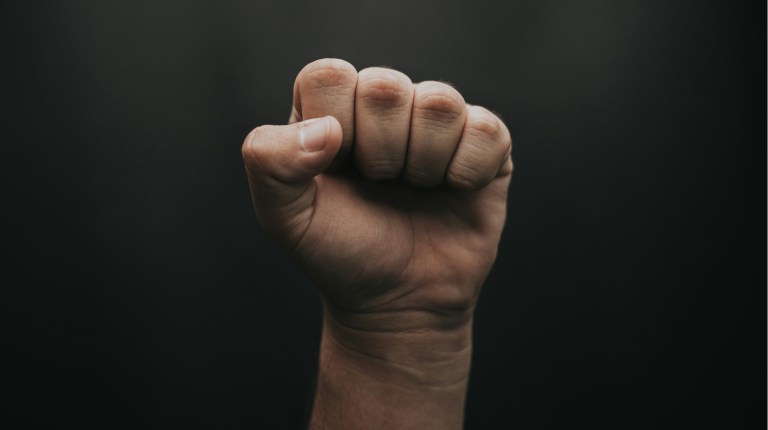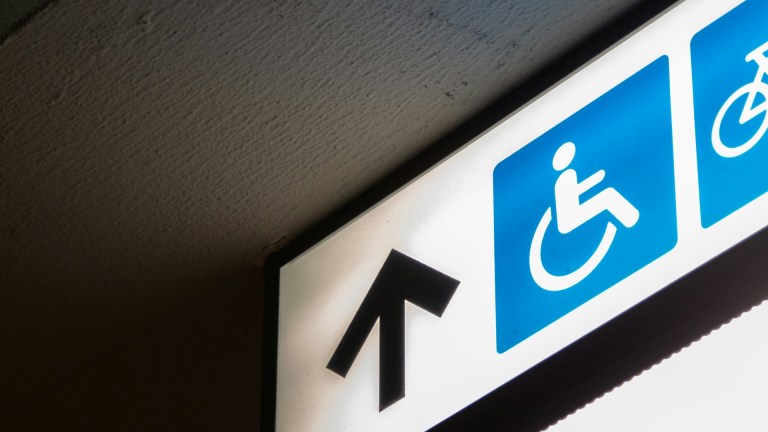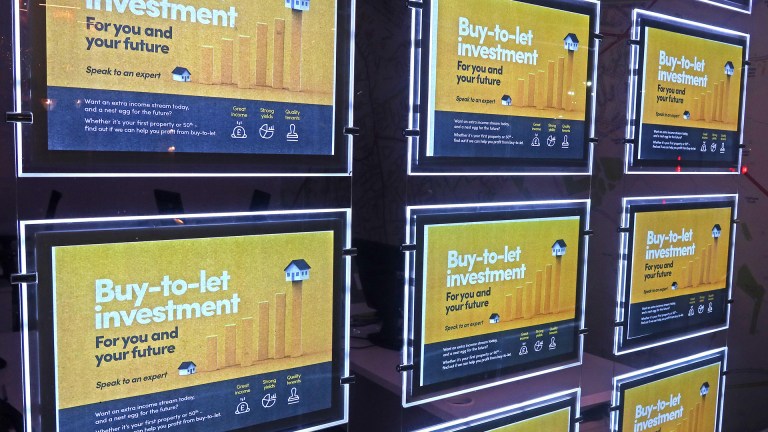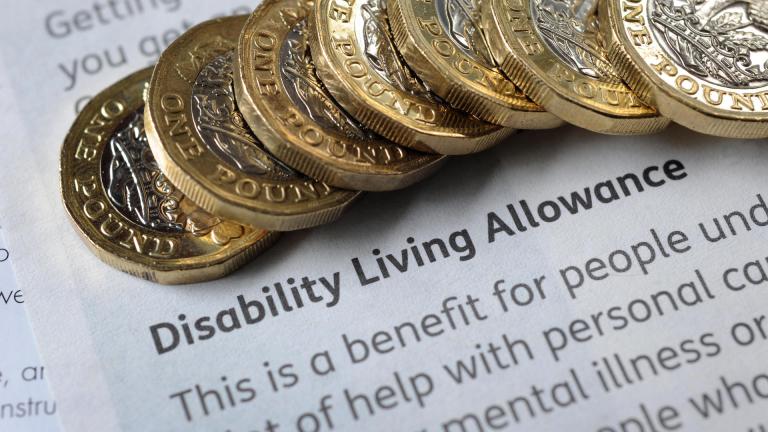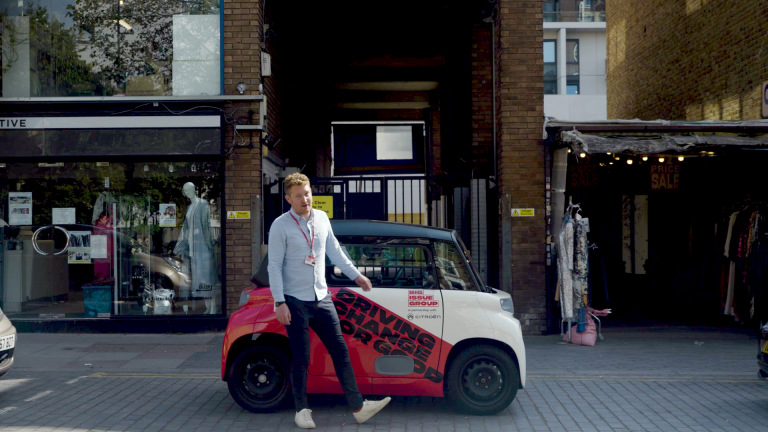On 4 July, the UK Home Office added Palestine Action to their list of terrorist organisations. The order, made under the Terrorism Act 2000, means anyone found so much as wearing a Palestine Action badge now risks a prison sentence.
The ban is the latest in a series of clampdowns that began with the Police, Crime, Sentencing and Courts Act (2022) and the Public Order Act (2023), which criminalised “locking‑on”, broadened stop and search and handed courts the power to jail peaceful climate activists for up to five years. A new Crime and Policing Bill, introduced last week, will let police pre‑emptively arrest protesters for carrying (not using) smoke flares. There has rarely been a tougher time for people wanting to peacefully exercise their right to protest.
At Social Change Lab, we study protest movements and examine their role in social change. Our research shows that, even though we hear a lot of opinions about the negative side of protests – ‘they cause backlash’, ‘they polarise people’, ‘they’re just annoying’ – they have many positive effects. This is particularly true when protests are seen as constructive and when protesters are campaigning on issues that have wide public support – something that is certainly true of climate issues. Some key ingredients of success include having large numbers of participants, being strictly non-violent, and having broad and diverse coalitions of people united on clear, cohesive demands.
Read more:
- From anti-war to Palestine Action: The way we protest is changing – so how did we get here?
- Renowned photographer Misan Harriman on Black Lives Matter, Gaza and finding hope in protest
- Meet the furious Gen Z protesters who want the super-rich to pay their fair share: ‘We have a voice’
Violent protests are a no-no – but non-violent protests are often more likely to help than hinder social movements. A study on Extinction Rebellion’s impact found that the campaign succeeded in increasing public concern for environmental issues and led to greater dissatisfaction with governmental climate inaction. The declaration of a climate emergency by the UK government came soon after.
Similar climate protests in Germany (by Fridays for Future, Extinction Rebellion and Ende Gelände) also increased climate concern, especially when overall levels of climate concern were low. A more recent study found that disruptive tactics are better than non-disruptive tactics at raising onlookers’ climate concern and making them keener to change behaviour. Protests also trigger greater active support (in sign-ups and donations) and shift people’s voting intentions to parties with stronger climate policies.
